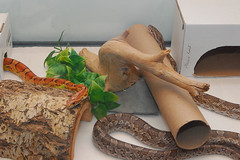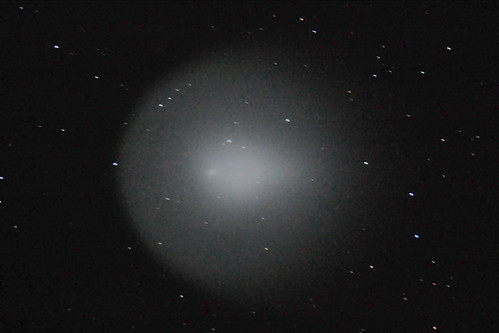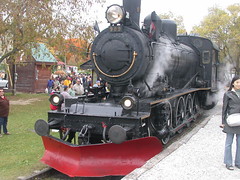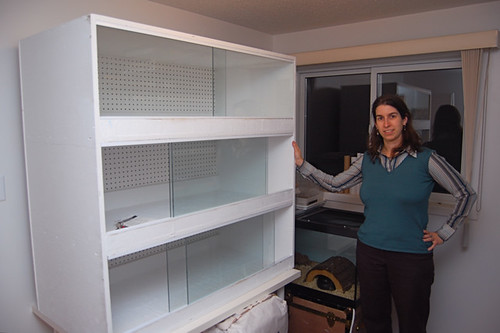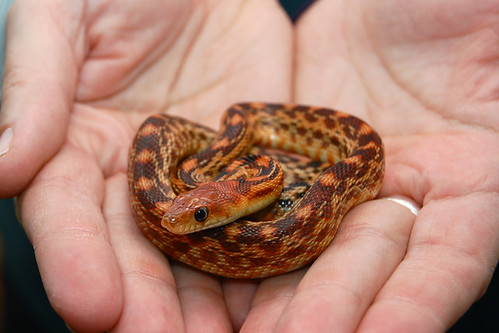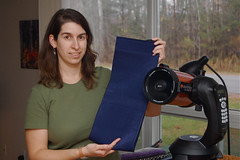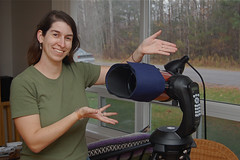Rules and borders
It’s been a while since I posted my blog entry arguing that an organization’s volunteers are rarely the most qualified people available, but rather the most devoted: that groups are run by people full of committment but lacking crucial skills. That entry was meant to be the first of a three-part series on volunteers, hobbies and small-group politics; obviously I’ve been a little sidetracked.
This entry is part two. It asks: If a group’s volunteers have few or no useful skills, what do they end up doing for the group?
In that last entry I said that a club may never reach its full potential, or fall apart, if those in charge aren’t up to the task. In the real world, of course, no volunteer board is ever composed of nothing but fuckups or competent men; most people bring at least something, but not everything, to the table. Some people, however, bring very little, and have to be kept busy — or they bring their massive egos along with whatever else they bring to the table. The problem, you see, isn’t so much the work, it’s the authority — it’s when volunteers use their small duties to transform themselves into little tin gods. And, as I said last time, for many volunteers, the group is an awfully big part of their lives.
What they do is throw their weight around.
![Sigma 30mm f/1.4 [Sigma Corporation]](http://www.mcwetboy.com/mcwetlog/images/sigma30mm.jpg) This lens is essentially the only autofocus fast-
This lens is essentially the only autofocus fast-